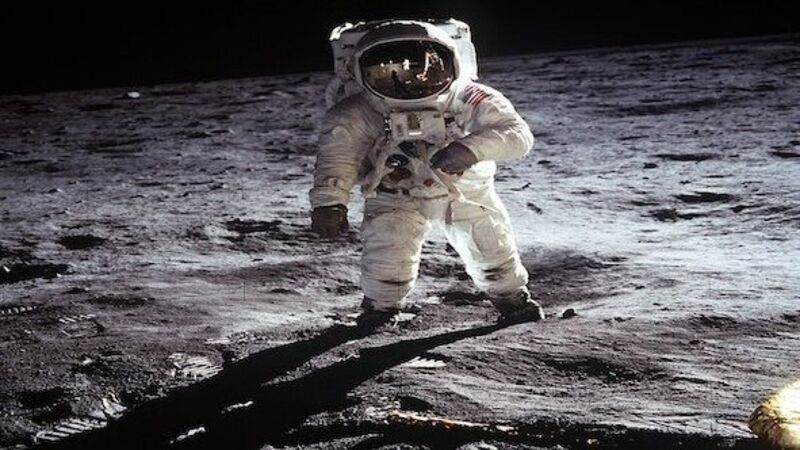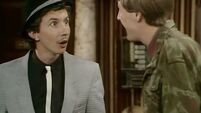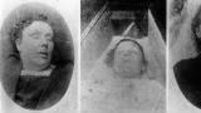Appliance of Science: The sci-fi inspiration behind modern tech

Jules Verne's work of fiction describing the first visit to the Moon had some striking similarities to the real event that took place 100 years later.
It is surprising just how many modern developments of science, medicine and technology started out in the pages of a science fiction novel. Did their creators have a crystal ball or were they just clued in to what humankind would naturally try to achieve? Here are a few examples.
Humankind has had the travel bug for a very long time. Not always content to confine those travel dreams to terra firma, a moon landing was first predicted in 175 CE by Lucian of Samosata.
In his book, From the Earth to the Moon, Jules Verne recounts the story of three Americans that are fired into space in a gun. Successfully reaching their destination they then explore the Moon with a lunar vessel called Columbiad.
Verne’s book was published in 1865. It took a little over 100 years for his story to become reality, when America really did send three men to the Moon. In 1969, Neil Armstrong, Edwin "Buzz" Aldrin, and Michael Collins orbited the moon in a command module called Columbia.
Looking at travel a little closer to home, children of the 80’s will remember the Knight Industries Two Thousandvehicle or KITT for short. The self-driving, talking car was a thing of our dreams but now a version of this idea has become a reality. Tesla, with its self-driving ability, is starting to tick at least some of the boxes that KITT achieved; now if they could only develop it further to include the conversing car and medical body-scans, it would really impress.
Mary Shelley’s Frankenstein brings his monster to life in her iconic horror novel (which could also be considered a work of science fiction). Although the life-giving procedure was not detailed in the book, Shelley later suggested Frankenstein used galvanism (electrical stimulation) to bring his monster to life.
Shelley wrote her book in 1818 and the modern-day machinery for such life-reviving methods, the (external) defibrillator, was developed by William Kouwenhoven in 1930. Interestingly, experiments with electrical stimulation of muscles in the 1790’s had shown that electrical impulses could stimulate muscle movement in dead animals, research that Shelley was apparently aware of when she wrote the book.
In 2013 the first lab-grown burger was created, using meat produced by in vitro cell culture of animal cells. In 1890 a book called Mizora: a prophecy was published. Written by Mary E. Bradley Lane, this story details the life of an all-female, self-sufficient society. The society is void of any domestic animals, instead, they eat chemically-prepared artificial meat.
The book also mentions other imagined technologies that later became reality, such as videophones and seeding rain clouds, although their practices of eugenics would thankfully not pass any modern-day ethical standards.
We’ve all heard of the TASER, a personal defense weapon capable of shocking a person with 1,200 volts, but do you know that TASER is an acronym for Thomas A Swift's Electric Rifle? The name is a reference to a book published in 1911, where the main character invents a gun that can shoot lightning bolts. The book obviously caught the imagination of a boy called Jack Cover; Jack grew up to become a researcher for NASA as well as finally creating that lightning rifle in 1974.
When it comes to the ideal weapon though, I think there are many Star Wars enthusiasts waiting for science to catch up with science fiction so they can one day own their very own lightsaber.







